Poundbury: After 30 years has King Charles' town worked?
- Published
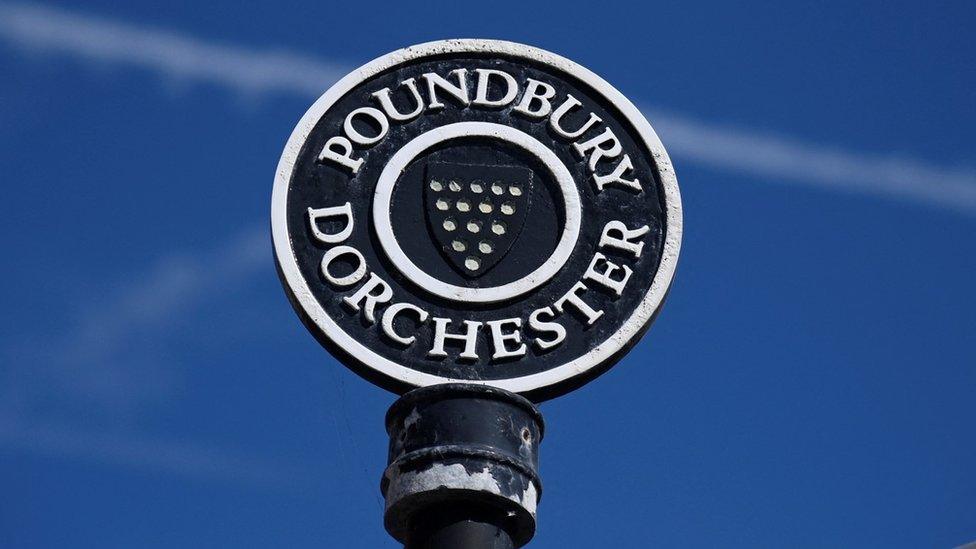
Almost 30 years since work began, King Charles has handed responsibility for Poundbury to the new Duke of Cornwall
Many will remember King Charles III describe plans for an extension to London's National Gallery as a "monstrous carbuncle on the face of a much-loved, elegant friend".
That was in 1984. Just five years later those strong opinions about urban planning materialised in a book, "A Vision of Britain".
By 1993, the then Prince of Wales's vision was a reality - a new town on the fringes of Dorchester, Dorset was born.
Nearly 30 years later, Poundbury is home to more than 4,000 people, another 2,000 work in its shops, offices, factories and cafes.
Built on 400 acres of Duchy of Cornwall land the project, built in a traditional high-density urban pattern rather than a suburban one, is due for completion in 2026. Groundwork for the last 205 dwellings has begun.
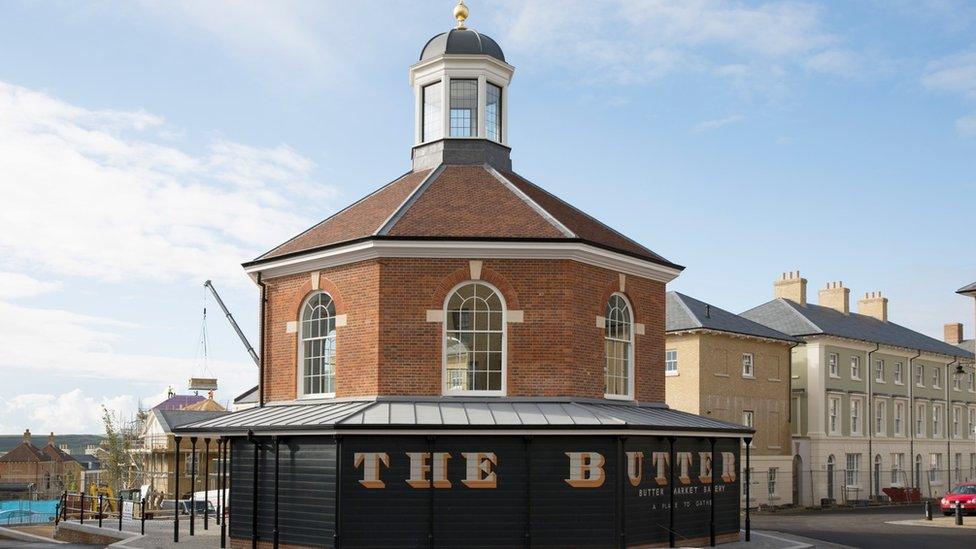
The Buttermarket in Poundbury is home to a cafe, one of the businesses dotted amongst the residential properties
Now King Charles has ascended the throne, the new Duke of Cornwall, Prince William, will take responsibility for it.
"When I set out on this venture, I was determined that Poundbury would break the mould of conventional housing development in this country," the king, quoted on the Duchy of Cornwall's website, said.
"Many people said that it could never succeed, but I am happy to say that the sceptics were wrong."
However, it's not been without controversy - in 2008, former Labour cabinet minister Hazel Blears said the town was born more of an ego trip than any "concern for residents"., external
And some architects were less than impressed by its appearance, external.
But Fran Leaper, who has lived there for 18 years and is editor of the Poundbury magazine, disagrees.
The community has "evolved brilliantly and transcends the architecture, through all sorts of social groups", she said. "It is a very happy place".
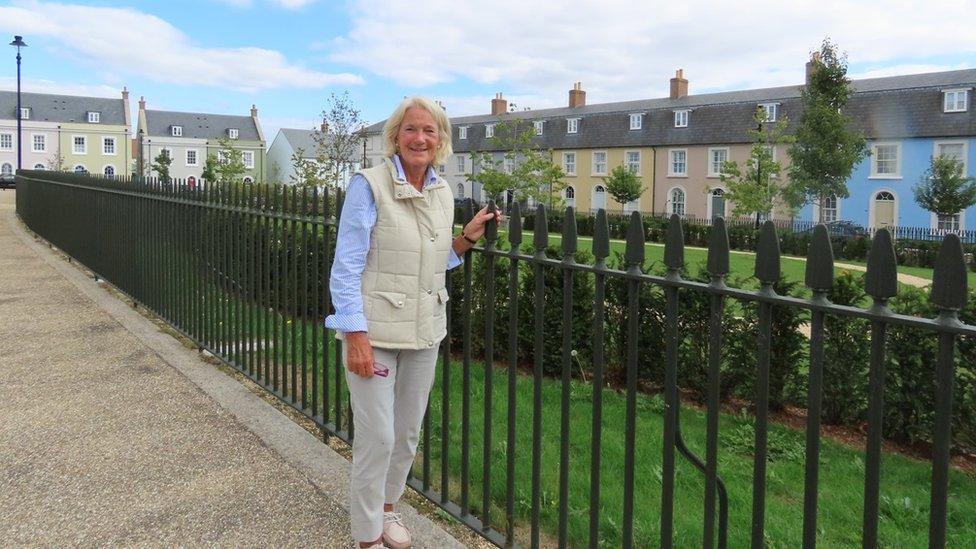
Fran Leaper, editor of the Poundbury magazine, has lived in the town for 18 years and says it has "evolved brilliantly"
For anyone wishing to understand the values of the new monarch, visiting Poundbury might shed some light.
It is based on four key principles - architecture of place, integrated affordable housing, within a mixed use and walkable community.
The mews-style homes are traditional in appearance, with period features such as wrought iron fences, porticos, gravelled public squares, and "bricked-up" or blind windows.
Mrs Leaper says social housing is "pepper-potted" throughout, sitting cheek by jowl with other private homes.
"You don't know whose is whose, and that is the point," the 73-year-old says.
"We get a bit of drugs, the odd bit of anti-social behaviour, these things come and go, but the standard of our social housing is very good. We look out for each other."
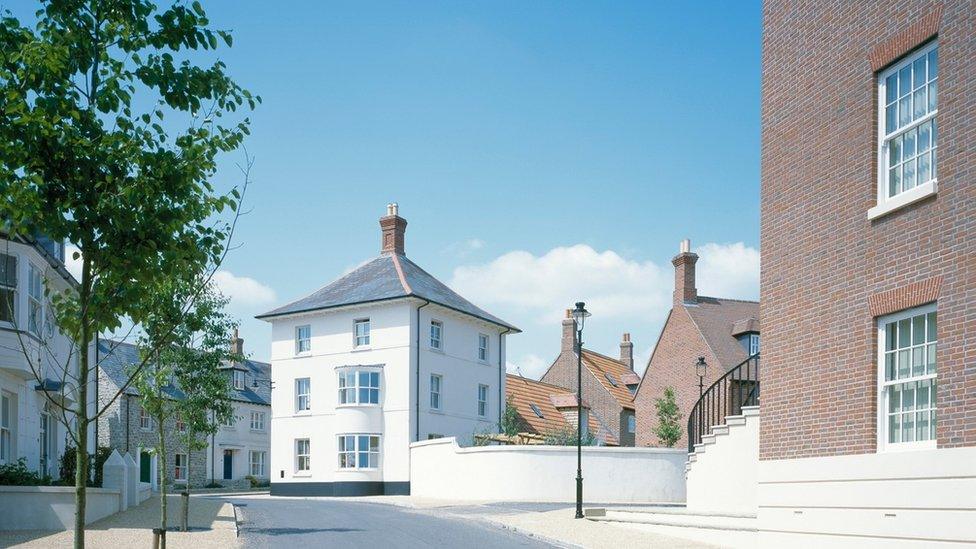
The traditional mews-style homes of Poundbury - where private residents and social housing tenants live side by side
But there are two problems, Mrs Leaper admitted.
The attempt to integrate work space and housing has not been a success. Two of the three factories, built before housing construction began, are "half empty", she said.
The other failure has been around car-parking - the garages built with properties are too small.
"Most residents can't fit their cars in, or if they can they then can't get out of them, so there are a lot of cars on the streets," she added.

The Queen Mother statue - at the heart of Poundbury - was unveiled by the Queen in 2016 and following news of her death floral tributes were soon being laid
The use of shared space - where kerbs, road markings and traffic signs are removed to minimise the segregation between different road users - has also caused issues.
"The Duchy has had a number of complaints about crossing Queen Mother Square at night," Mrs Leaper said.
"It's the most frightening thing for a pedestrian."
In other areas, the monarch's determination for sustainability has been more successful.
Rainbarrow Farm was the country's first full-scale anaerobic digester and biomethane-to-grid plant.

King Charles visited Rainbarrow Farm in 2021, the UK's first full-scale anaerobic digester and biomethane-to-grid plant
Built in a joint venture with local farmers, it provides 100% renewable bio-methane gas from sustainable sources of crops. It heats Poundbury and up to 90,000 homes in West Dorset, the Duchy said.
The monarch has been "quite progressive" in his environmental thinking, according to one resident.
"But whether he will be able to influence things as much as when he was the Prince of Wales, that remains to be seen," he said.
Prince William's passion for conservation is well documented, but whether he shares his father's zeal for urban planning remains unclear.
"I'm sure we'll see him," Mrs Leaper said, adding: "It'd be lovely for him to bring his kids."
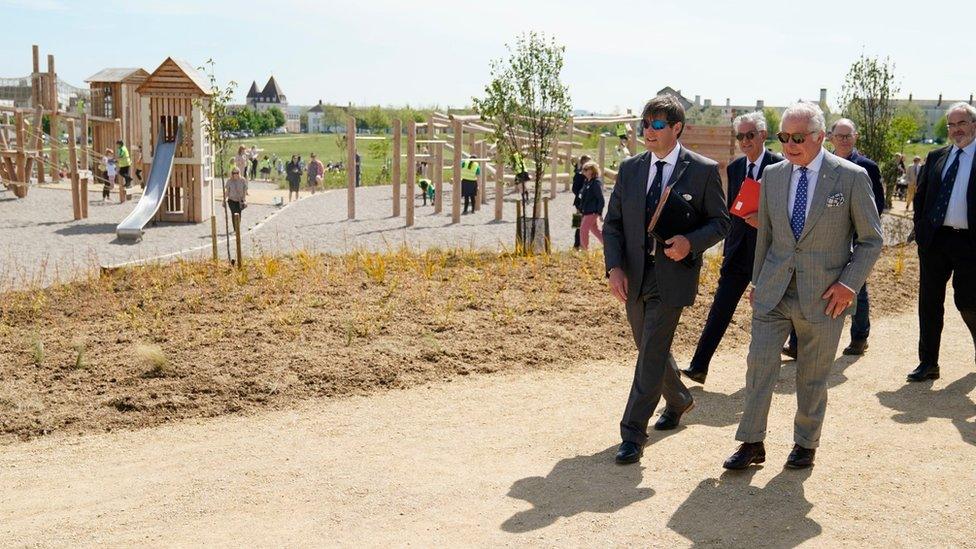
The new playground opened by King Charles in May 2022, during a visit to Poundbury


- Published1 March 2024
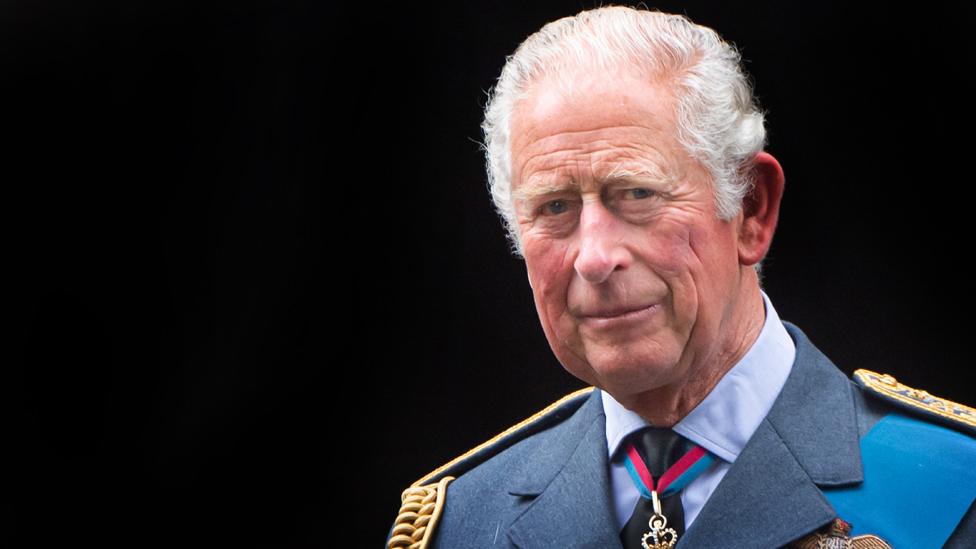
- Published23 May 2019
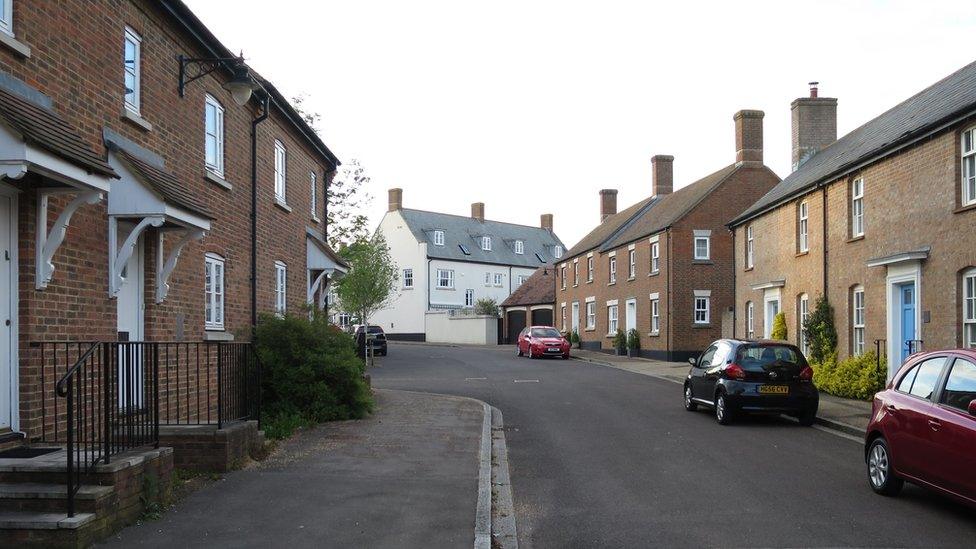
- Published25 June 2022
